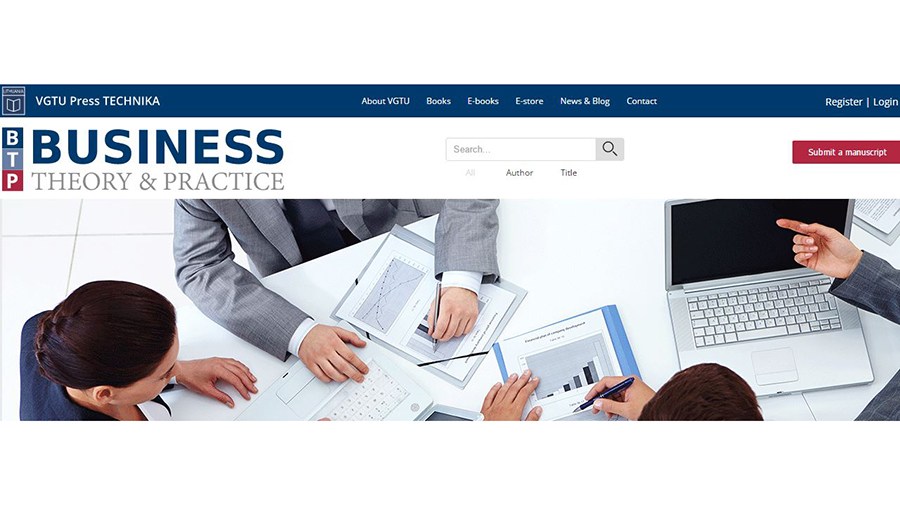In the aftermath of the global financial crisis of 2007-2008 and the following studies and comments in literature and the financial press, a study from a group of leading Dutch economists, published in June 2018, is commented by Prof.dr. Piet Duffhues, Tilburg University, the Netherlands.
The main conclusion of the study group was that an increase in the equity capital for Dutch banks should be realised. This proposal was based on an international comparison of bank balance sheets of leading countries. It means that commercial banks would be required to keep a greater difference between the values of their assets and their liabilities.
In his paper, recently published in the open-access journal Monthly magazine for Accountancy and Business Administration (MAB), Duffhues agrees that if realised, the recommendation could not only bring Dutch banks back on their feet, but also increase their future solvency: the ability to pay their debts as they fall due. Thus, banks would have greater capacity to cover their future losses if necessary, and would manage risks in a far more efficient way.
Duffhues argues that despite scientists, financial journalists and politicians having continuously analysed and discussed the causes of the most devastating financial crisis since the Great Depression in the preceding century, little attention has been paid to the financial structure of commercial banks themselves.
Not only were Dutch banks not accommodating the international equity ratios, but, according to Duffhues, they were not compliant with the Dutch Corporate Governance Code 2016 in terms of external risk management, either. For a long time, they were keeping to a very low equity capital – only holding 3% of their total balance sheet amount. With their debt possibly reaching 97%, these 3% losses were already enough to lead to a serious lack of trust.
The 3% requirement had been imposed by national and international regulators in earlier decades. At that time, such strategy was considered reasonable by bank management and regulators. However, the financial crisis of 2008 turned out to be too intense to avoid the necessity of government action to rescue the banks from default. Naturally, their behaviour resulted in a very low solvency of the banks.
“The behaviour of banks at that time can be seen as contributing to the systemic risk of the economy,” explains Duffhues.
The author goes even much further than the study group, whose study he references. He is convinced that a substantial increase in the equity capital of up to 25% for banks will not only secure their own survival, but will also bring a number of undoubtedly positive developments for the society as a whole, including more trust from citizens and firms, less need for government interventions, and avoidance of financial cycle collapses. If banks have high enough equity ratios, economic recessions will not result in finance stops for consumers and producers in the economy. Bank solvency ratios should reflect the banks’ responsibility for the welfare and sustainable development of the society.
Original source:
Duffhues P (2018) De lessen van de crisis van 2008 in terugblik. Maandblad voor Accountancy en Bedrijfseconomie (MAB) 92(9/10): 277-282. https://doi.org/10.5117/mab.92.29016
***
Monthly magazine for Accountancy and Business Administration (MAB) is one of the journals hosted on ARPHA through the platform’s white-label publishing solution.

